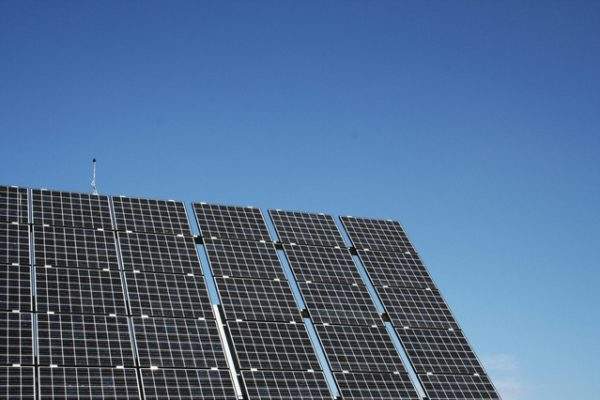Solar energy is one of the major sources of renewable energy that is produced by converting sunlight into electricity

The source of Earth's solar power: the Sun. (Credit: Jessie Eastland/Wikipedia.org)
Solar energy involves generation of thermal or electrical energy from sunlight using various technologies. It is one of the key alternative, renewable and clean energy sources that have been invented to address the challenges posed by fossil fuels.
Further, solar energy is expected to play an important role in mitigating the harmful effects of emissions released by the usage of fossil fuels.
It is considered as the most environment-friendly renewable energy source available on earth. Due to abundant availability of sunlight, solar energy is regarded as one of primary sources of renewable energy with huge potential.
Due to advancements in technology, solar energy is fast emerging as a cost effective source for power generation. Solar energy plants generally do not require high maintenance costs.
How does solar energy work?
Solar energy is tapped using two main technologies: photovoltaic (PV) technology and solar thermal technology. In case of photovoltaic technology, panels made of semiconductor cells are used to directly convert sunlight into electricity.
Solar cells are electronic devices that produce electricity. Invented in 1954 at Bell Telephone Laboratories in the US, the PV technology has emerged as the one of most preferred renewable energy technologies in the past decade.

Solar PV installations can be used for residential and commercial purposes. They can also be installed in smaller capacities to power mini-grids or residential purposes.
Besides, the PV technology is considered as an excellent source to power mini-grids that deliver electricity in remote areas where there is no power supply.
Due to a sharp decline in the cost of manufacturing solar panels in recent years, the PV technology has become an attractive source for solar power generation.
Solar thermal technology involves capturing the sun’s heat and then converting it into mechanical energy to produce electricity.
Concentrated solar power (CSP) is a solar thermal technology where a system of mirrors is arranged in such a way to concentrate the sun’s rays to create significant amount of heat.
The process leads to heating of a fluid responsible for the production of steam to drive turbines for power generation. The CSP technology is deployed in large-scale solar power plants. CSP power plants allow storage of heat to enable the production of power even after the sunset.
The future of solar energy
Global solar energy capacity has witnessed an explosive growth in the past decade, increasing from just 15.1GW in 2008 to 390.6GW in 2017, according to a report by the International Renewable Energy Agency (IRENA).
With an installed solar capacity of 130.6GW in 2017, China is the top solar power producer in the world.
A report released by the International Energy Agency in October 2018 projected that renewable energy will continue to see an expansion in the next five years, contributing to 40% of global energy consumption growth.
The report said that solar PV is the biggest contributor to the renewable electricity capacity expansion in the world. The agency forecasted the global solar PV capacity to increase by about 600GW to 1TW by 2023.
China is estimated to hold 40% of the global installed PV capacity in 2023, according to the report.
